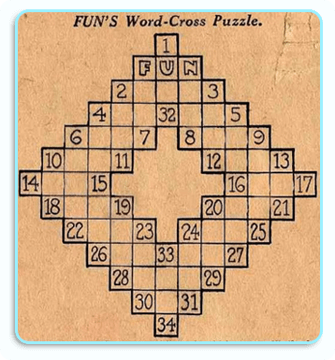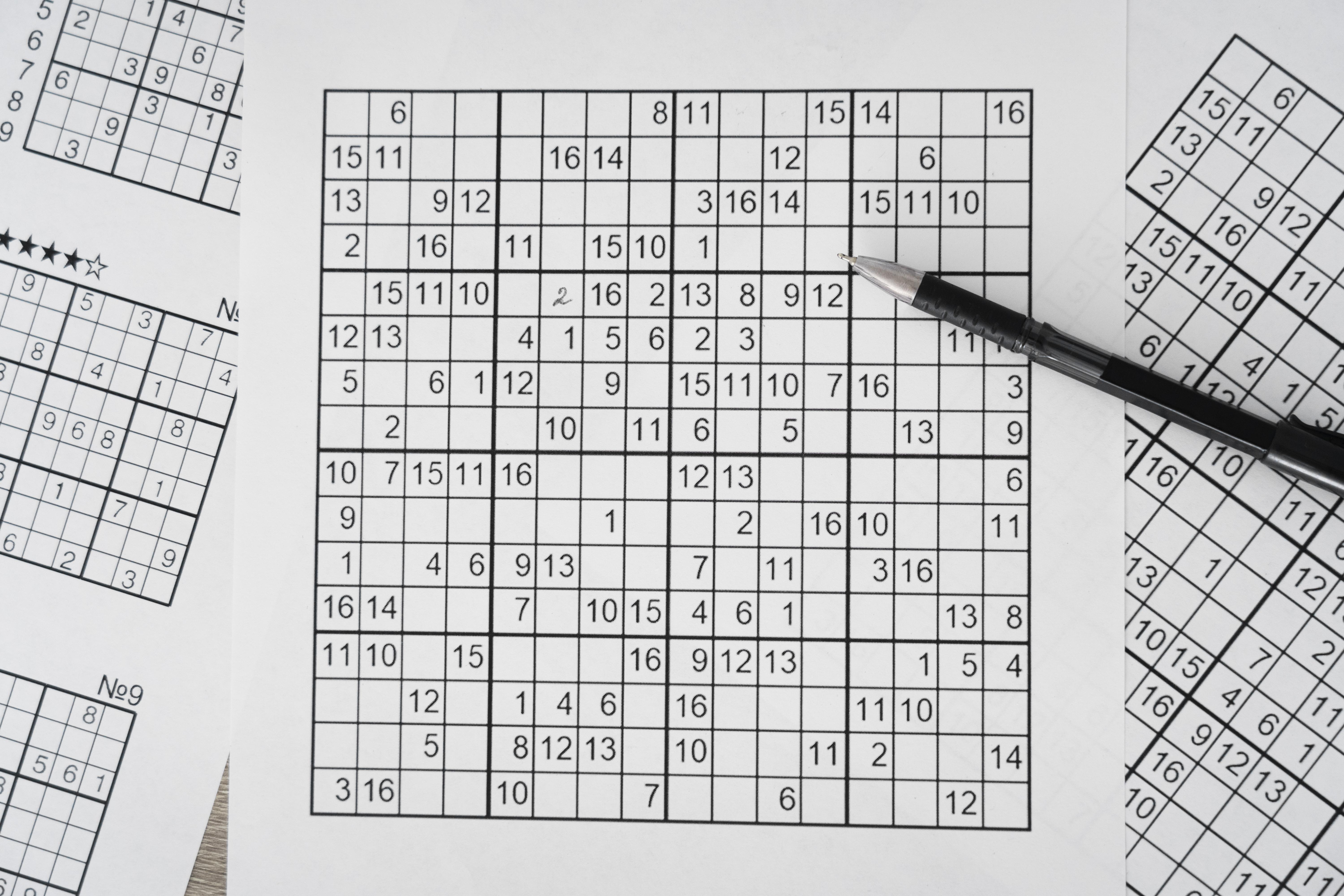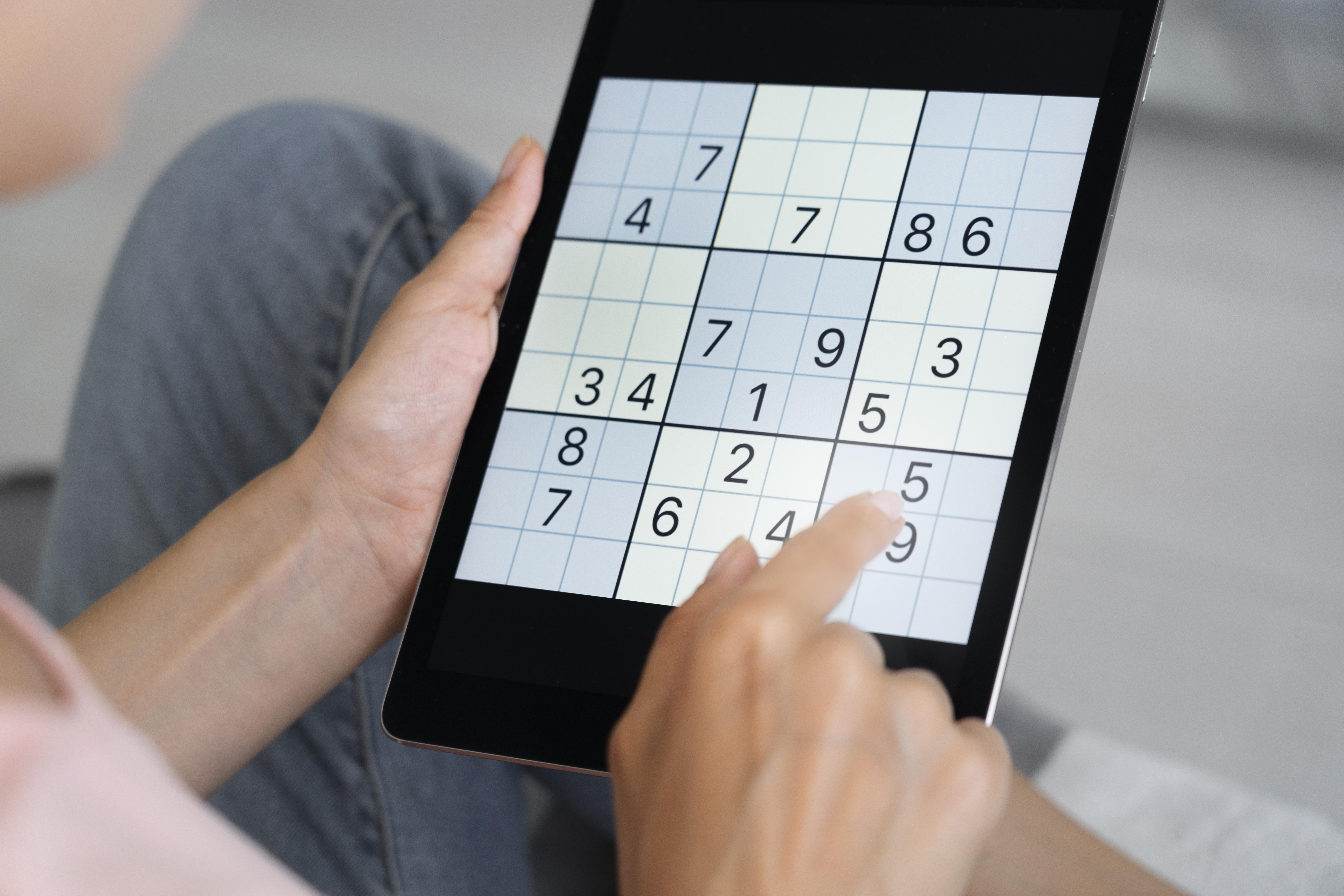Overview
Crossword puzzles have been a favorite pastime for many people across the globe for over a century. Whether it’s the excitement of filling in the blanks or the satisfaction of solving a tricky clue, crossword puzzles offer both entertainment and a great mental workout. Over the years, the way we interact with these puzzles has changed significantly. With the rise of technology, crossword puzzles have evolved from being a simple paper-based activity to becoming a digital phenomenon. Let’s explore the journey of crossword puzzles from paper to digital, and how each medium offers its unique experience.
The Origins of Crossword Puzzles


The first crossword puzzle, created by journalist Arthur Wynne, appeared in a newspaper in 1913. It was published in the New York World and quickly gained popularity. Soon, newspapers all over the world were featuring crossword puzzles, and people were eagerly waiting for the next one to be published. These early crossword puzzles were simple, with straightforward clues and grid patterns. However, as time went on, the puzzles became more complex, challenging even the most experienced solvers.
The Paper Crossword Experience

For many years, crossword puzzles were strictly a paper-based activity. People would grab a newspaper or a crossword puzzle book, a pen or pencil, and settle in for a quiet session of problem-solving. Solving a crossword on paper has a certain charm that many enthusiasts still appreciate today.
Advantages of Paper Crosswords:
- Tangible Satisfaction: There’s something incredibly satisfying about writing directly on paper, crossing out letters, and seeing your progress physically in front of you.
- No Distractions: Paper crosswords provide a focused experience. Without the distractions of digital notifications, solvers can fully immerse themselves in the puzzle.
- Nostalgia: For many, solving a crossword on paper brings back fond memories of sitting at the kitchen table with a parent or grandparent, passing time together.
Examples:
- The daily crossword puzzle in the New York Times is a classic example. Many readers eagerly look forward to it every morning.
- Books of crossword puzzles are still widely available, offering collections ranging from beginner to expert levels.
The Rise of Digital Crosswords

With the advent of the internet and mobile technology, crossword puzzles have made a significant leap into the digital world. Today, there are countless apps, websites, and online platforms dedicated to crossword puzzles, making them more accessible than ever before.
Advantages of Digital Crosswords:
- Convenience: Digital crosswords can be accessed anywhere, anytime, from your phone, tablet, or computer. No need to carry a newspaper or book around.
- Instant Feedback: Many digital platforms provide instant feedback, letting you know if you’ve made an error. This can be particularly helpful for beginners who are still learning the ropes.
- Variety and Customization: Digital crosswords offer a wide variety of puzzles, catering to all skill levels. You can also customize your experience by adjusting the difficulty or choosing themed puzzles.
- Social Interaction: Some apps allow you to compete with friends, share your progress, or even collaborate on solving a puzzle together, adding a social element to the experience.
Examples:
- The New York Times Crossword App offers a digital version of their famous puzzles, complete with hints, timers, and other features.
- Crossword Solver Websites like Wordplay or Cash For Titans provide an endless supply of puzzles, along with helpful tools like hints and answer checks.
The Best of Both Worlds
While some people prefer the traditional feel of a paper crossword, others appreciate the convenience and features of digital puzzles. The good news is that you don’t have to choose one over the other. Many crossword enthusiasts enjoy both formats, depending on their mood or situation. For example, you might prefer solving a paper puzzle with your morning coffee but switch to a digital one during your commute or while waiting in line.
Conclusion
The evolution of crossword puzzles from paper to digital reflects the broader changes in how we consume media and engage with entertainment. Both formats offer unique benefits, and whether you prefer the tactile experience of paper or the convenience of digital, there’s no denying that crossword puzzles continue to be a beloved pastime for millions. So, grab your pen or your smartphone, and dive into your next puzzle—whichever format you choose, the thrill of solving remains the same.